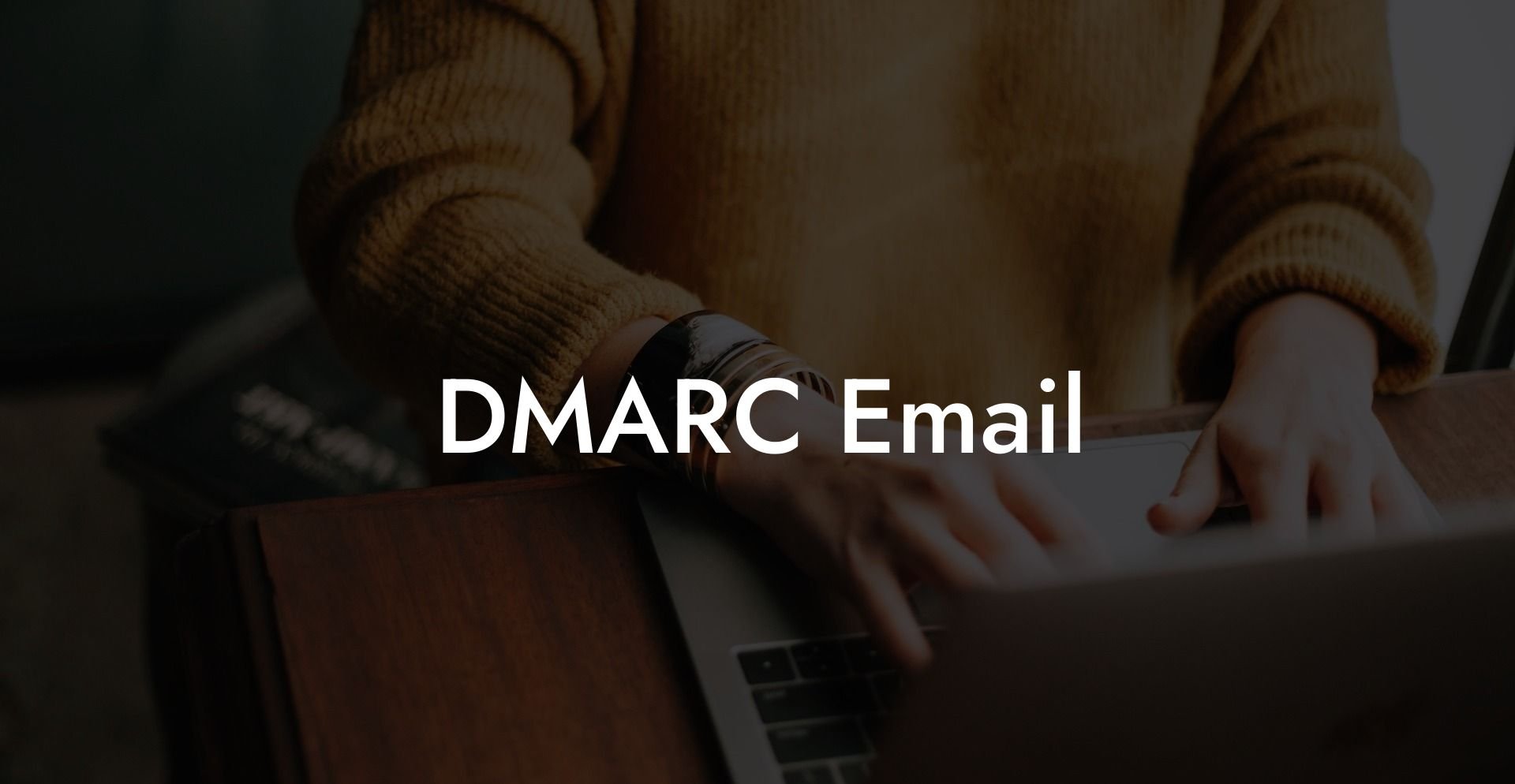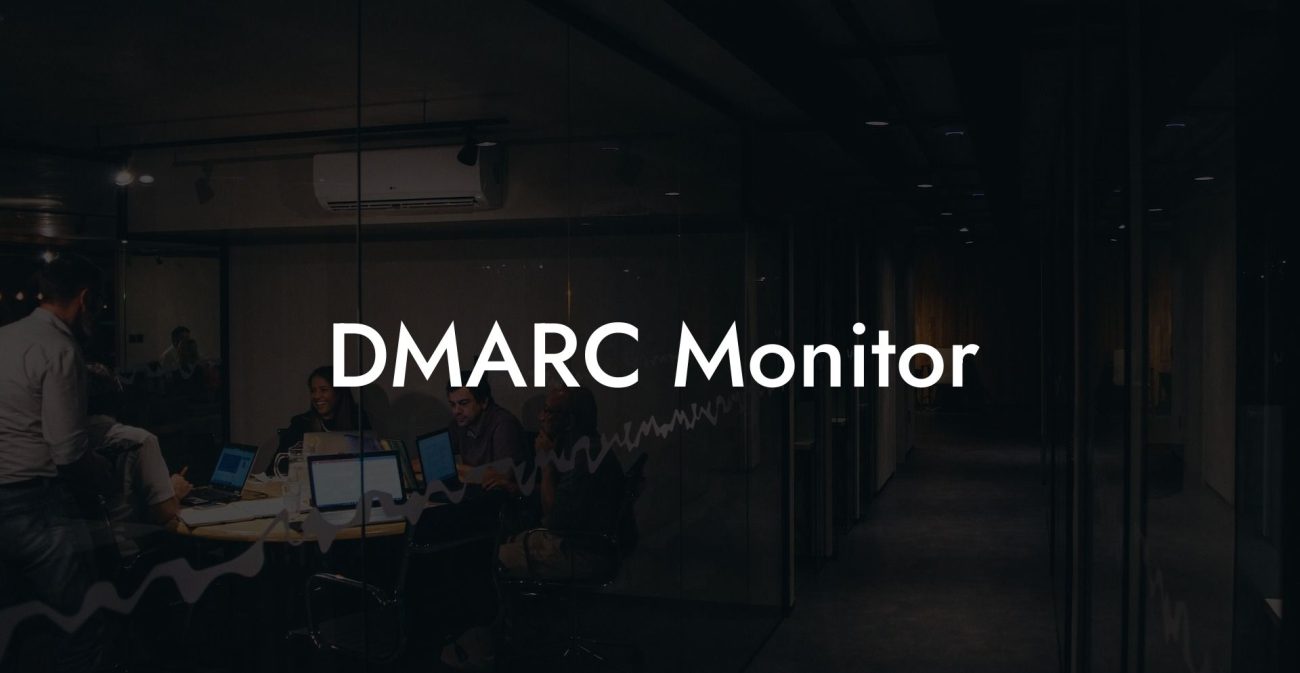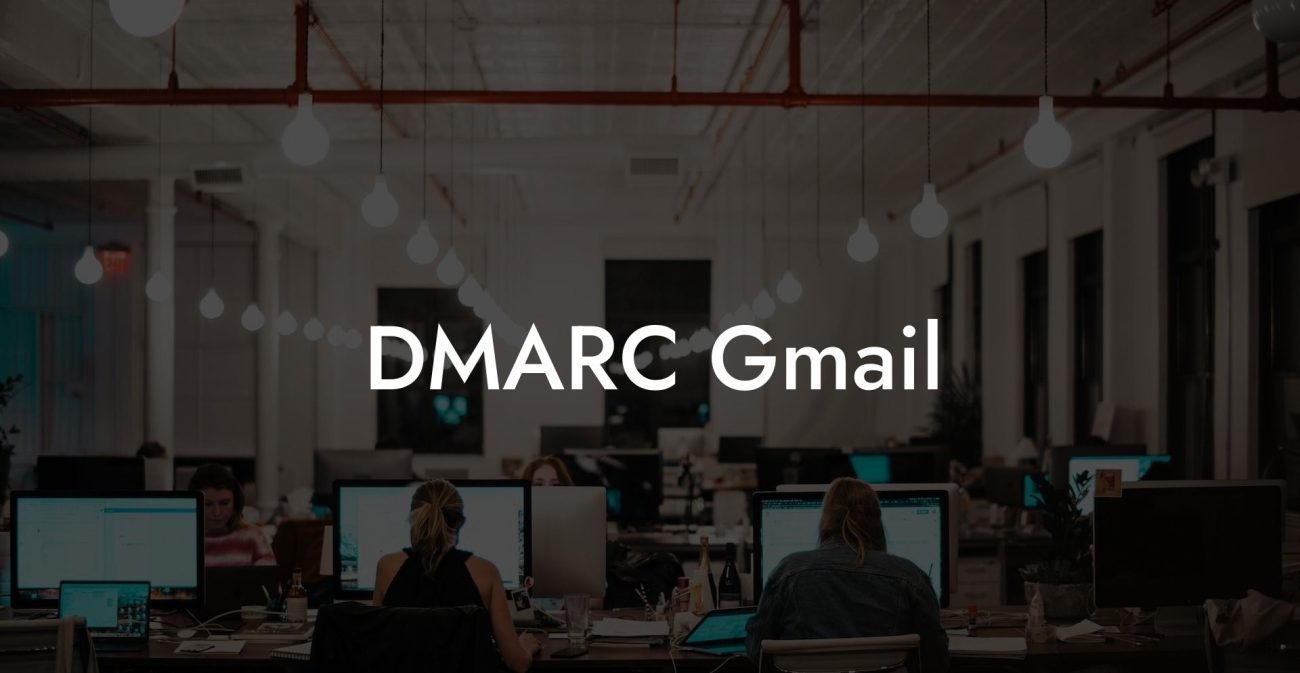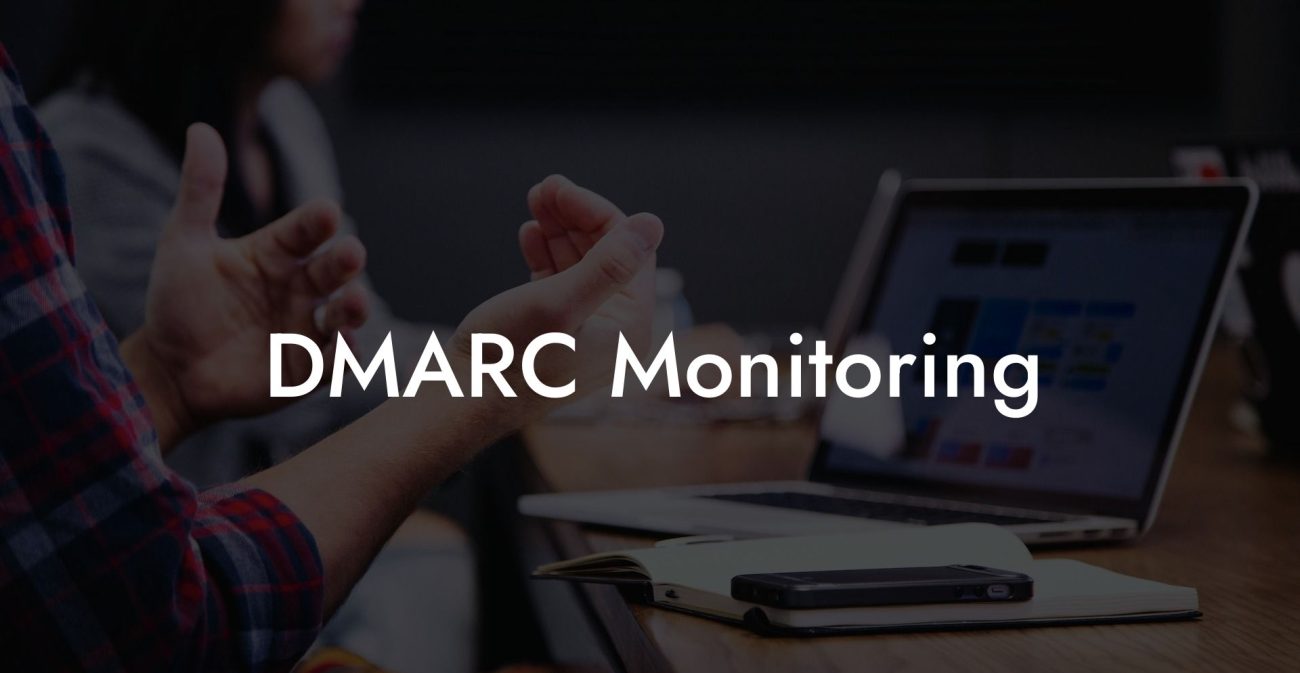In today's digital world, email security is paramount to protecting your personal and professional information from malicious actors. One such technology that helps in defeating email-based attacks is DMARC (Domain-based Message Authentication, Reporting & Conformance). In this article, we provide a comprehensive guide on DMARC email, its functioning, benefits, and implementation to safeguard your online communications. So, get ready to level up your email security game!
What is DMARC?
DMARC is an email validation system that helps in detecting and preventing email spoofing, phishing, and other malicious activities. It is built upon existing email authentication technologies, SPF (Sender Policy Framework) and DKIM (DomainKeys Identified Mail), which are used to validate the authenticity of email messages.
How Does DMARC Work?
Protect Your Data Today With a Secure Password Manager. Our Top Password Managers:
DMARC works by allowing the sender's domain owner to publish a policy on how to handle emails that fail authentication checks. When an email is sent, the receiving server performs SPF and DKIM checks to validate the email's authenticity. If the checks pass, the email is delivered as usual. If they fail, the receiving server follows the DMARC policy published by the sender's domain, which may instruct the server to reject, quarantine, or accept the email.
Benefits of Implementing DMARC
- Prevent Email Spoofing: DMARC helps to stop email spoofing by ensuring that only authorized senders can send an email on behalf of your domain.
- Reduce Phishing Attacks: By verifying the source of an email, DMARC helps to reduce the number of phishing emails that reach your users' inbox.
- Improve Email Deliverability: Implementing DMARC improves the chances of your legitimate emails being delivered, as ISPs are more likely to trust emails that pass DMARC validation.
- Better Reporting: DMARC provides feedback on the email authentication status, helping domain owners identify problems and monitor email traffic effectively.
Implementing DMARC
Implementing DMARC involves the following steps:
- Setup SPF and DKIM: Before implementing DMARC, ensure that your domain has valid SPF and DKIM records.
- Create a DMARC Record: DMARC record is a DNS TXT record published in your domain's DNS, containing the DMARC policy and reporting options. You can use online DMARC record generators to create one.
- Monitor and Analyze DMARC Reports: After implementing DMARC, you will receive aggregate and forensic reports that provide information about the status of email authentication. Analyze these reports to identify potential issues and fix them.
- Enforce DMARC Policy: After monitoring and validating your email infrastructure, you can adjust the DMARC policy from monitoring mode to an enforcement mode (e.g., quarantine or reject), to take more stringent actions on unauthenticated emails.
DMARC Email Example:
Let's say you have a domain called "example.com" and you want to implement DMARC to protect your email communications. Here's how you would do it:
1. Ensure that you have valid SPF and DKIM records for your domain.
2. Create a DMARC record using an online generator. It may look like this: "v=DMARC1; p=none; rua=mailto:dmarc-reports@example.com"
3. Publish the DMARC record as a DNS TXT record at "_dmarc.example.com."
4. Monitor the DMARC reports sent to "dmarc-reports@example.com" to identify any issues and ensure that your email infrastructure is working correctly.
5. Adjust your DMARC policy to a more restrictive mode (e.g., "p=quarantine" or "p=reject") if you find that your legitimate emails are passing the DMARC checks successfully.
By understanding and implementing DMARC, you can significantly enhance your email security and reduce the risk of falling victim to phishing attacks. With the detailed insights and guidance provided in this article, you are now well-equipped to set up DMARC for your domain. Don't forget to share this post with your friends and colleagues to spread awareness about the importance of email authentication. And as always, stay safe, and stay informed with Voice Phishing, where you can find all the latest information on cybersecurity and phishing prevention.
Protect Your Data Today With a Secure Password Manager. Our Top Password Managers:















